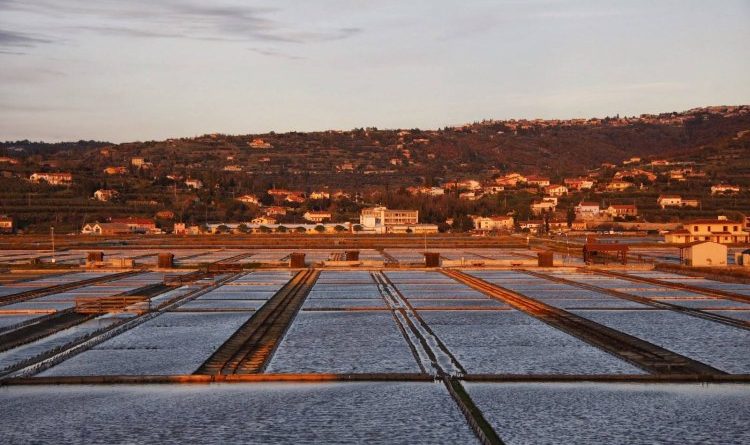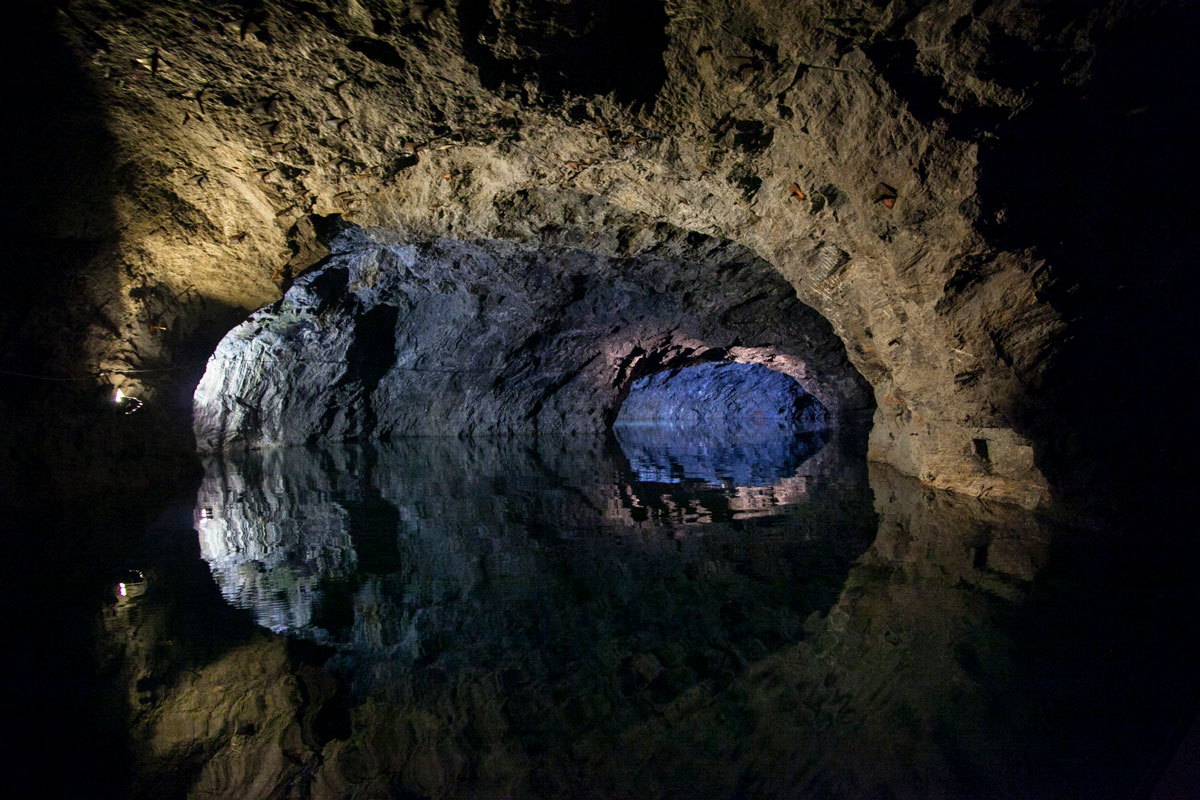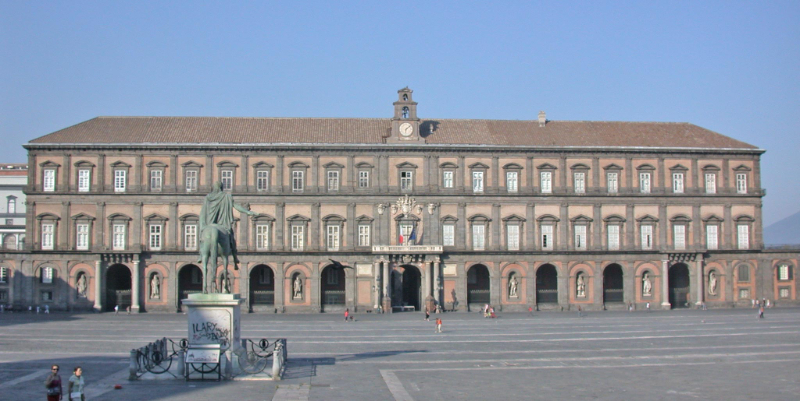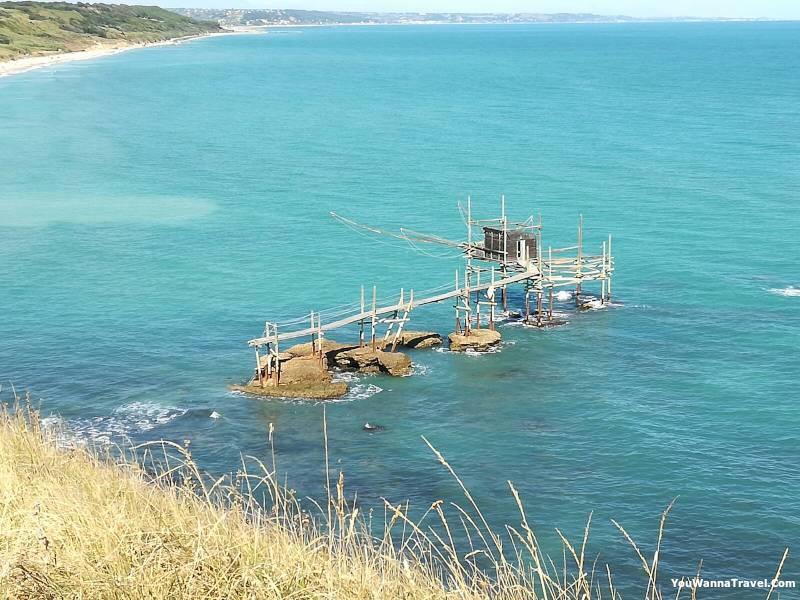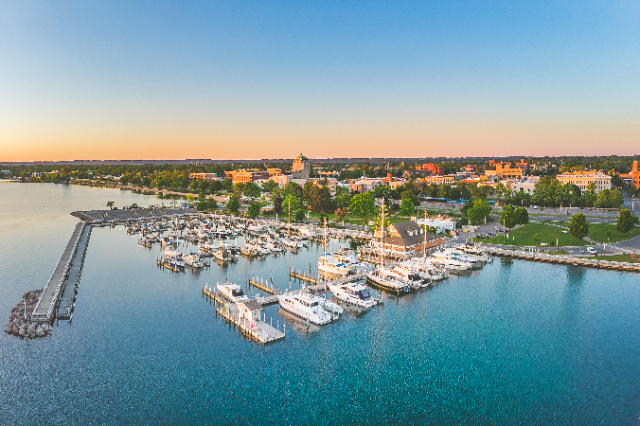Piran and Portorož are embraced by salt pans. White gold is one of the most precious assets of the area and has a history of over 800 years. The best time to admire this dreamlike landscape is in July, when the salt is accumulated in characteristic mounds that reflect in the sunlight, creating a kaleidoscope of brilliant hues.
he Sečovlje salt pans are the northernmost salt pans in the Adriatic, and therefore the northernmost in the Mediterranean Sea.
They are important as an important interweaving of ecosystems, combining the transitional forms of marine, freshwater and land-based gill ecosystems. The variety of bird species nesting and wintering in this environment is substantially greater than in other areas. On the basis of these findings, the Government of Slovenia proclaimed the salt pans a nature park in 2001, while the area of the Salt Pans Museum was proclaimed a cultural monument of national importance.
Today the salt pans are the largest wetland in Slovenia (650 hectares) and at the same time the most important national ornithological site.
The salt produced, called Piran salt (Piranska sol in Slovenian), has been defined as a typical European food product.
Most of the sediment that forms the basis of the Sečovlje salt pans is the result of the contribution of the Dragonja River, which carved its broad bed along the line of contact between the sandy marl layers (flysch) of the Savrški hills to the north of the valley and the Cretaceous limestone of the Salvare peninsula to the south. In the lower part, layers of sandy clay and dowel follow one another, while the upper layer consists of river sediments and sea mud. There are individual changes in the sediment (shells and snails) and dark clusters of organic matter (leaves, trunks, roots), which indicate that the Dragonja mouth was occasionally marshy for short periods. The fossil remains of marine mud indicate that in the valley of Spicciole the marine environment replaced the brachial one for several times. With the contribution of river sediments, the seabed underwent a constant elevation, creating the conditions for the regulation of saliferous fields.
